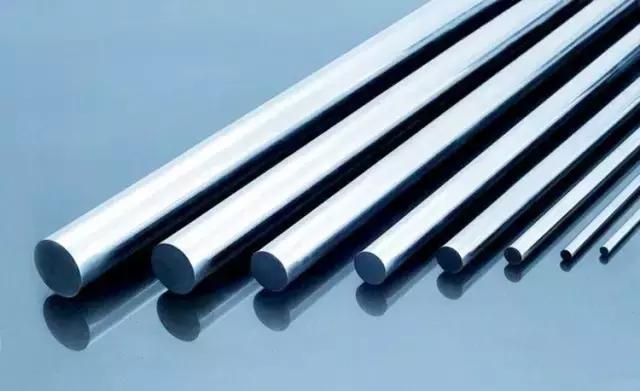CNC Machining Optional Materials: Steel

Both iron and steel are widely used in the construction of roads, railways, other infrastructure, equipment and buildings. Most modern structures, such as stadiums and skyscrapers, bridges and airports, are supported by steel supports. Even if it is a concrete structure, it must be reinforced with steel bars. In addition, steel is widely used in household appliances,automobile manufacturing and a favorite metal material for many modern sculptors. Steel materials have such a wide range of uses, so today I will share what I have learned about the advantages and disadvantages of steel materials in CNC machining and the precautions during production.
So do you know what are the advantages and disadvantages of choosing to use steel materials for processing in the machining industry?
Advantage:
Steel is a high-strength material suitable for engineering applications requiring higher strength and durability; it has good plasticity, is easy to shape and process, and is suitable for manufacturing parts of various shapes; it has good wear resistance and is suitable for applications that need to withstand Manufacture of friction and wear parts; easy to weld, can be connected by different welding methods, convenient for manufacturing and assembly.
Disadvantage:
Steel is susceptible to rust due to the influence of oxygen and water in the atmosphere and requires anti-corrosion treatment.
Steel is a poor conductor compared to metals such as copper and aluminum, so it may not be suitable in some applications where good conductivity is required.
What should you pay attention to when using CNC machine tools to process steel parts?
Cutting speed and feed speed: Adjust the cutting speed and feed speed according to the hardness of the steel and the material of the tool. Make sure you are cutting at the appropriate speed to avoid excessive wear or tool damage.
Coolant: Use appropriate coolant to lower temperatures, reduce friction, and effectively clean chips. This helps improve cutting efficiency and tool life.
Clamping and Support: Steel parts require firm clamping and support during processing to prevent vibration and deformation. Reasonable clamping methods and support structures are crucial to processing accuracy.
Pretreatment of workpieces: Steel parts may require heat treatment or other pretreatment before machining to improve the material's properties, such as hardness and toughness.
Processing path planning: Ensure that the CNC machine tool's processing path is reasonable and avoid excessive tool dwell time and unnecessary idling to improve processing efficiency.